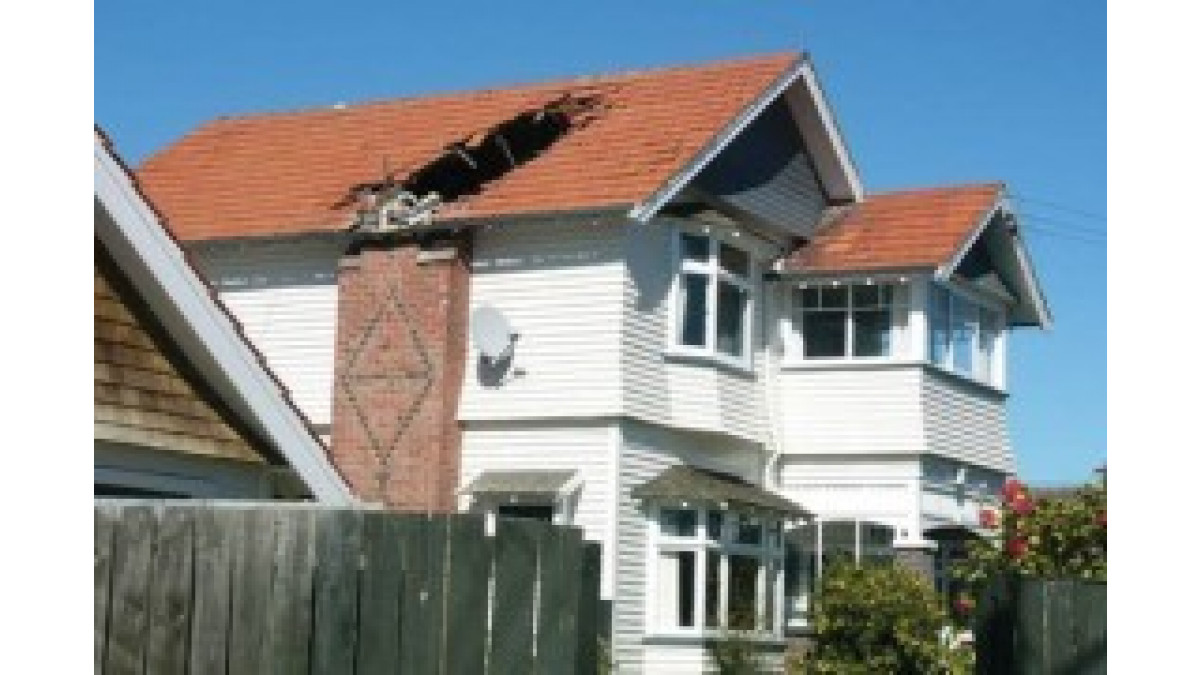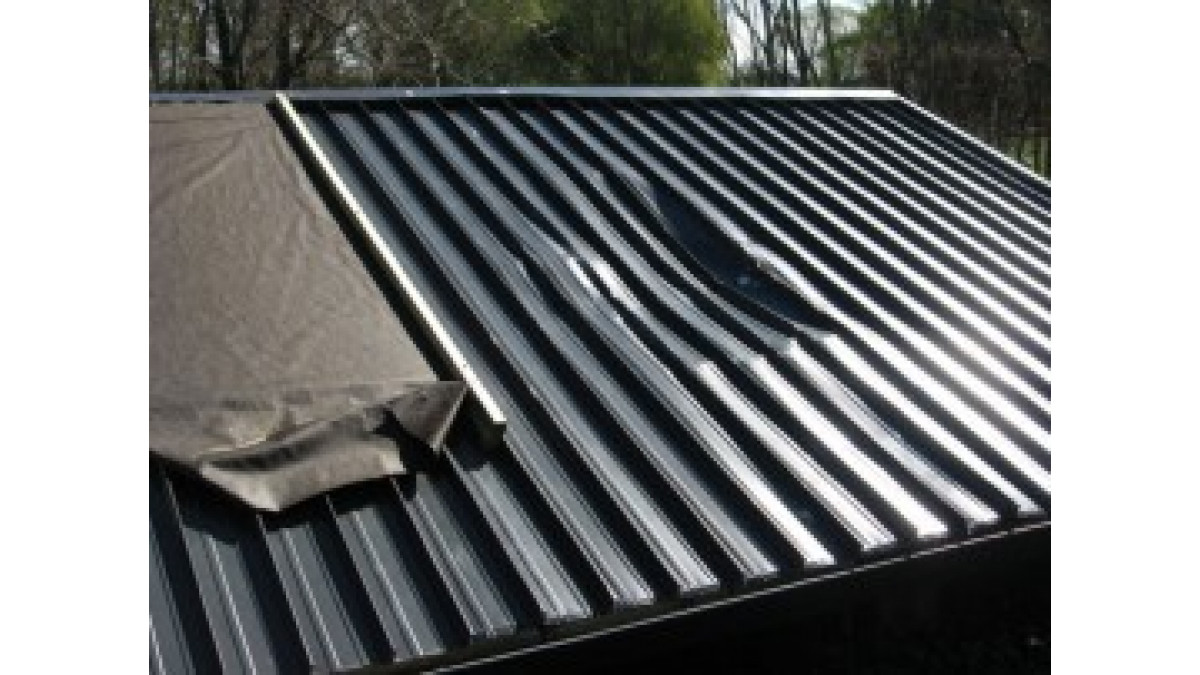
This reflects the recommendations in a study prepared by The McMullen Company on the effects on residential roofs of the 1994 Northridge earthquake in Southern California.
Structural engineer and co-author James A. Bihr concluded: "Buildings performed in a significantly different manner based on the type of roof covering. Light-weight roofs appeared to perform far better than concrete tiles."
In 1998 the NZ Ministry of Education commissioned a nationwide structural survey of school buildings. Schools identified with concrete or clay tile roofs have to either replace these with lighter metal roofs or strengthen the walls to support the heavy tiles — a considerably more costly option.
Steel’s design flexibility means it can be used to re-roof any structure, which is good news for schools and for older houses with roof-lines sagging due to the weight of tiles. By re-roofing with lightweight metal a home’s appearance and weather tightness can be restored.
Choosing a lightweight roof is both a practical option, affording structural cost savings as it’s easier to erect than heavy concrete tiles, and also an energy-wise decision: construction requires less framing than heavier material; transporting steel roofing uses less fuel and steel can be repeatedly recycled.
Experienced in post-disaster engineering reporting, structural engineer Wayne Brown was one of a team who assessed damage to Canterbury homes following the February 22 earthquake.
He noted: "Heavy roof-tiles and brick chimneys consistently failed, conversely, corrugated iron roofs performed well, even when the chimneys fell."
His conclusion: "Why not ban both (roof tiles and chimney bricks) and use iron roofs and steel chimney flues."













 Case Studies
Case Studies















 Popular Products from COLORSTEEL
Popular Products from COLORSTEEL


 Most Popular
Most Popular


 Popular Blog Posts
Popular Blog Posts